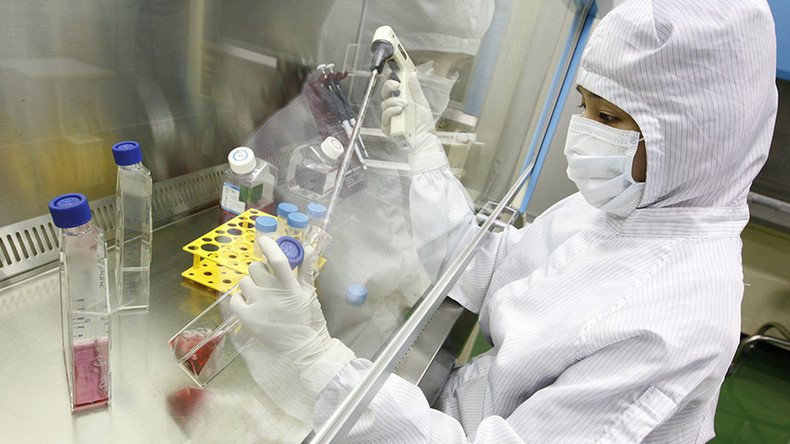Pigs with lab-grown bone implants ‘doing great’

A breakthrough for biomedical engineering gave 14 pigs new implanted bones, grown from stem cells. Even for people with all their 206 bones working just fine, this advancement may radically change facial reconstruction.
Bone grafting is tricky business – particularly for facial bones. The current standard of care involves harvesting bones from other parts of the body, which can be painful and involve long recovery times. However, an experiment from Columbia University could change all of that.
New stem cell may eventually generate human organs in animals, save millions of lives http://t.co/5TKFSKULzxpic.twitter.com/3F9nGSIVR0
— RT America (@RT_America) May 8, 2015
By creating a 3-D image of 14 pigs’ jaws using a CT scan, scientists were able to create living bone, harvested from cow stem cells to sculpt a “scaffold” of a copy of the swine bone.
“We thought they would be in pain. But no, they’re doing great,” Gordana Vunjak-Novakovic, a professor of biomedical engineering at Columbia University, said of the 14 pigs receiving the implants, according to the New York Times.
It rarely makes the news when pigs are eating happily, but it is big news for these 14 porkers. Half-an-hour after being retrofitted with lab-grown bone, the oinkers were chowing down.
Currently, healing time on major facial reconstruction ranges from three to nine months and often requires a soft diet. In addition, the traditional method has a risk of rejection, as the bones come from other parts of the body, such as the hip. However, Vunjak-Novakovic’s method has little to no risk of rejection, because the new bone integrates with the existing tissue.
Clinical trials may be extended to humans as soon as 2019.












